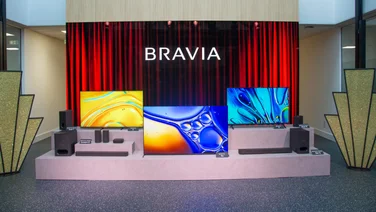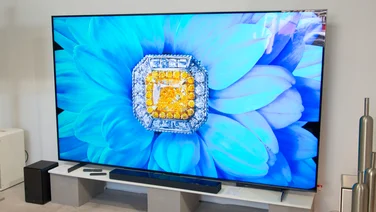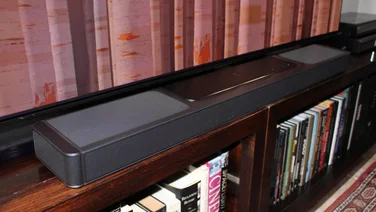To help us provide you with free impartial advice, we may earn a commission if you buy through links on our site. Learn more

The VSX-520-K isn’t Pioneer’s cheapest AV receiver, but its three HDMI 1.4a inputs plus decoding of Dolby TrueHD and DTS HD MA soundtracks makes it more appealing than the 420-K, which costs £50 less but only has two HDMI 1.3 inputs and can’t decode these advanced formats.
We’re pleased to see the inclusion of a microphone and corresponding input for automatic speaker calibration – something that’s often missing from budget AV receivers. However, you only get the one zone for speakers, so you can’t pipe music into another room.
An Adapter Port is designed for an optional Bluetooth audio receiver, the AS-BT100. This is perfect for playing music wirelessly from a smartphone, laptop or iPod Touch, but set-up was a little unwieldy and the connection was dropped every time we selected a different input. The AS-BT100 is expensive at around £85 too. The Belkin Bluetooth Music Receiver is simpler to use and costs just £25. It can also be used with any amplifier, so you can move it around the house as you see fit.

The remote control is friendly, with space to make the most important buttons bigger than the others. The front panel of the receiver looks elegant but we would prefer buttons rather than a dial to cycle through inputs. The lack of front-mounted inputs could prove frustrating, too.
It is sound quality that really counts, but the VSX-520K wasn’t quite as good as we’d hoped. We found that it sounded slightly harsh, and music seemed a little flat where it had more space and depth on the other receivers. The difference was small and certainly much less than the differences between rival speaker systems.
Ultimately, it’s hard to recommend the 520-K when the Onkyo SR308 generally matches it for features, provides better sound quality and costs significantly less. The automatic calibration is one argument in the Pioneer’s favour, though, and may ultimately lead to better results when optimal speaker placement is impractical.




